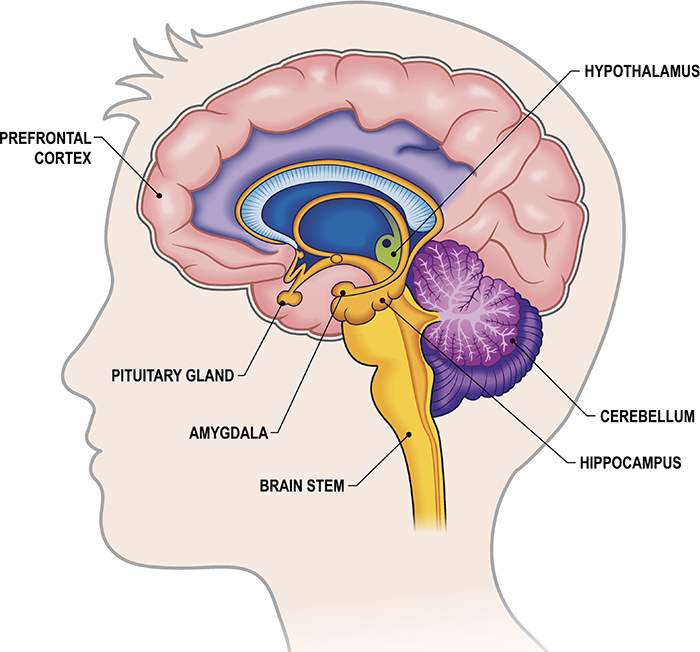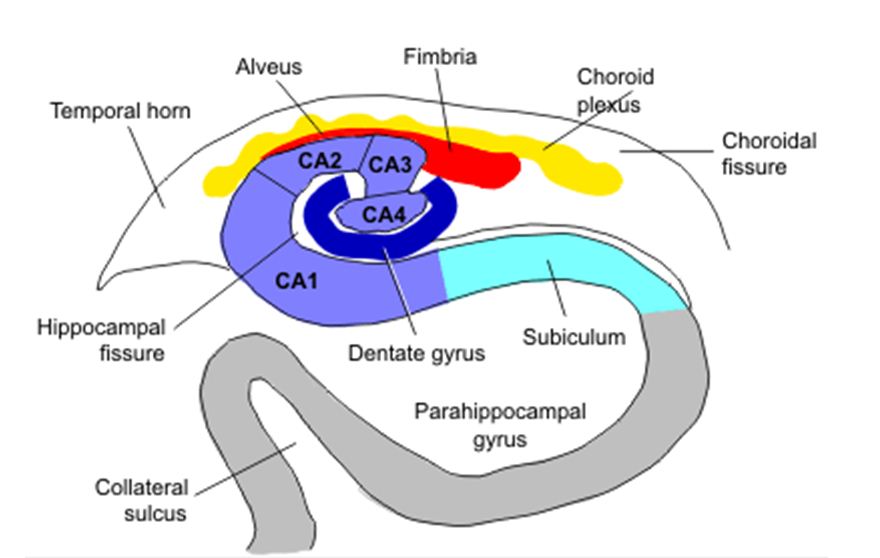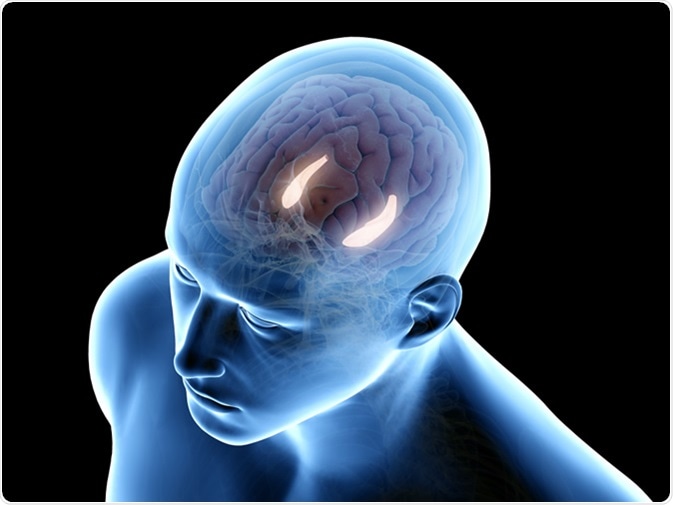

That’s how we troubleshoot as humans - you have a memory for how things worked.” It’s not an external stimulus, it’s internal. “Sometimes thoughts bring back concepts and experiences that are related to the past. It’s even possible for a person’s own thoughts to trigger a memory. Igarashi, an assistant professor of anatomy and neurobiology at the University of California, Irvine. They sort the information to the specific shelf,” says Kei M. “When new information comes into our brain to memorize, they are the librarians. Retrieval CuesĪs memories form, the hippocampi sort information based on the five senses and send it to the prefrontal areas for storage. In fact, scientists are learning that forgetting information isn’t the result of a functional failure, but actually serves to improve mental function: lost memories are part of a purposeful mechanism that’s possibly meant to help us process future events without getting too wrapped up in details. For example, remembering every single detail of a traumatic event, such as a dog attack, may render it more difficult to generalize and prepare for future harms. “If you see it one time, the memory might go away. “If you see an object and you have interaction with it multiple times, it tends to remain in the brain for longer,” he says. That’s because repeated exposure matters. The Twinkle-Eyed variety of My Little Pony was not important for my survival, but Bonakdarpour says it must have been emotionally significant and played with on a regular basis. The ones that are not, tend to go away,” says Borna Bonakdarpour, a behavioral neurologist at Northwestern Medicine in Chicago. “Memories that are more significant emotionally or important for survival tend to stay with us.

But scientists are still looking into how the hippocampus selects specific information for storage. The brain’s two hippocampi are responsible for processing short-term memories and transferring information to other parts of the brain for long-term storage.
#Hippocampus anatomy and function how to#
Meanwhile, implicit memories are the unconscious procedures we use in our daily life, such as remembering how to type on a keyboard or heat up lunch in the microwave. Within explicit memories are episodic memories, in which we remember events, along with semantic memories, which contain our general knowledge of the world.

Scientists have a classification system for different types of memories: two broad categories known as explicit and implicit memories. But they do require the right retrieval cue to be recalled. For people who don’t experience memory loss or other neurological impairments, dormant ones aren’t necessarily forgotten. Luckily for me, scientists are continuing to learn where our long-term memories go when they aren’t in use. The memories flooded back, and I wondered where they had been all those years. I had that mesmerizing toy, I suddenly realized. An actress held up a My Little Pony figurine (a Twinkle-Eyed variety) and made note: “This is enough to hypnotize any child. Then, VH1 ran a 1980s nostalgia show in which celebrities reminisced about bygone pop culture. But as I progressed through grade school, I eventually packed up my stable and forgot about the toys I once loved.īy late 2003, I hadn’t thought about my ponies for over 15 years.
#Hippocampus anatomy and function tv#
I also had the brand’s Show Stable, which was parked in our TV room and filled with my beloved ponies. As a child in the early 1980s, I was enamored with My Little Pony, the colorful plastic horse figurines with long manes.


 0 kommentar(er)
0 kommentar(er)
